Bæredygtighed
Hos Amolia sigter vi mod at upcycle så meget som muligt, da dette er den mest miljøvenlige måde at håndtere affald på.

UPCYCLING VS. RECYCLING
Hvad er forskellen?
Upcycling betyder, genbrug af affaldsmateriale i dets nuværende tilstand, så det originale materiale forbliver uændret. I vores tilfælde skærer vi det stof fra som stadig har ‘meget at give af’ og syr det ind til nye tekstilprodukter, og på den måde skåner vi gode tekstiler for at blive makuleret direkte. Hvad der ikke er muligt at sy om, går videre til Recycling.
Recycling er mekanisk eller kemisk behandling af affald for at udvinde materialer til fremstilling af nye produkter. Selv om dette ofte er grønnere end at producere nye materialer fra bunden, kræver det stadig industrielle processer, der bruger en vis mængde energi, vand og kemikalier.
Vi fokuserer på fremtiden
-

Fremstillet af tekstilaffald
Vi sorterer selv tekstilaffaldet manuelt, stykke for stykke. -

Indsamlet i Danmark
Alt kasseret tekstil indsamles fra vaskerier i Danmark.
-

Lavet i hånden i EU
Ingen af vores råmaterialer eller produkter fremstilles uden for EU. -

Intet går til spilde
Affaldet fra vores egen produktion genanvendes til nyt garn.

MILJØKONSEKVENSRAPPORT
Hvad er vores miljøpåvirkning?
TEKSTILREVOLUTIONEN, en uafhængig dansk tænketank, har udarbejdet en miljøkonsekvensrapport for os, som sammenligner konventionelle tekstilprodukter til hjemmet med tilsvarende upcycled produkter.
Rapporten viser, at upcycling har en betydeligt lavere indvirkning på det globale opvarmningspotentiale sammenlignet med konventionelle tekstiler (henholdsvis 5,82 kg CO2e og 22,3 kg CO2e). Miljøbelastningen af arealanvendelsen er 14 gange mindre, og vandforbrugets miljøpåvirkning er også forbedret fra 5,59 m3 til 0,135 m3 ved upcycling af tekstilaffald.

Sammen om cirkulære løsninger
VI OMSTILLER DANMARK
Closing Loops er et tæt fællesskab for små og mellemstore danske virksomheder, som sammen med dygtige eksperter finder konkrete cirkulære løsninger i forskellige værdikæder.
På tværs af brancher og geografi har deltagerne hinandens ryg. Vi finder nye måder at samarbejde på, som kan føre til både forandring og forretning.
Projektet er meget konkret. På tre år skal vi reducere en betydelig mængde CO2og tonnage.
Vi kan godt lide at holde det lokalt
-

Økologisk Farvning
Vi har brug for at farve nogle af vores tekstiler for at lave smukke produkter til hjemmet. Vi gør dette ved hjælp af GOTS-certificerede økologiske farvestoffer, og hele processen foregår i EU. -

Ringsted Dun
Alle vores inderpuder kommer fra Ringsted Dun, et dansk firma, der er kendt for at producere dyner og puder af høj kvalitet med de højest mulige dyrevelfærdsstandarder.Læs mere -

Kvadrat Really
Solid genbrugstekstilplade er et materiale med høj densitet, fremstillet af tekstilaffald. Vores leverandør, Kvadrat Really, producerer genbrugspladerne i Danmark ved hjælp af en blanding af bomuld, uld og binding.Læs mere

Fremstillet i Danmark
Møbler lavet af presset genanvendt tekstilaffald
Vores møbler er fremstillet af makuleret tekstilaffald, som er presset sammen til solide genbrugstekstilplader. Produktionen af pladerne er fremstillet i Danmark og hvert et møbel er samlet af danske håndværkere.
Produktkategorier
-

Upcyclede toilettasker, smykke & makeup-tasker
En god toilettaske eller makeup-taske er et must for de fleste. For...
-

Upcyclede Puder
Med nye, smukke puder og pudebetræk kan du hurtigt skabe en helt...
-

Alle Upcyclede Tasker
Uanset om du er til en lækker taske eller en praktisk mulepose,...












